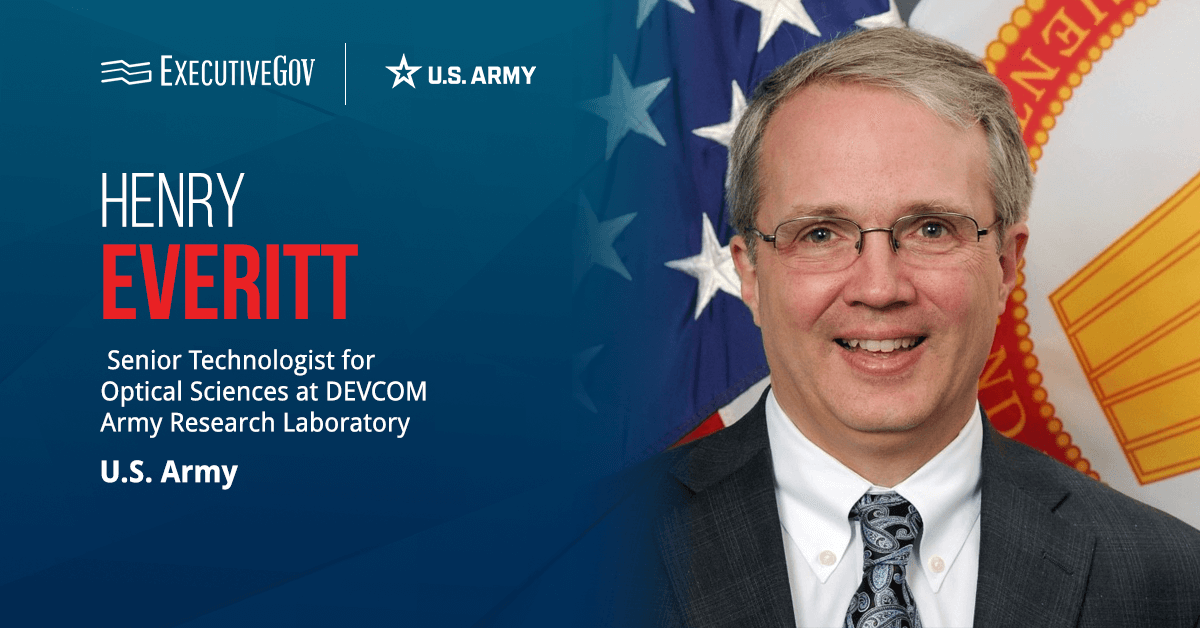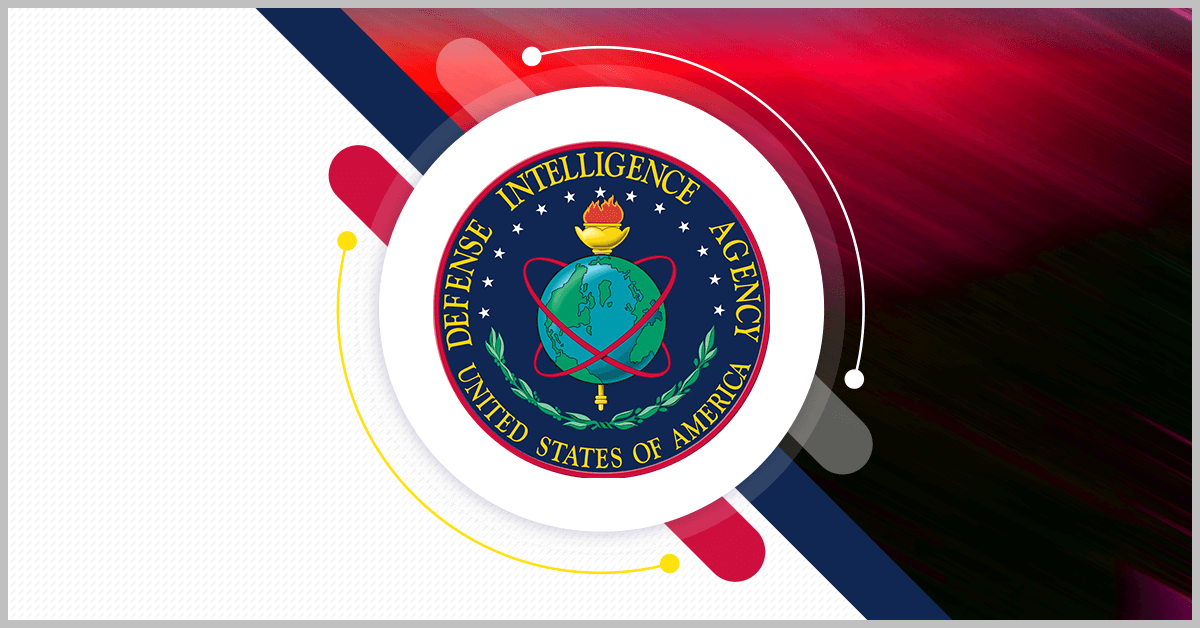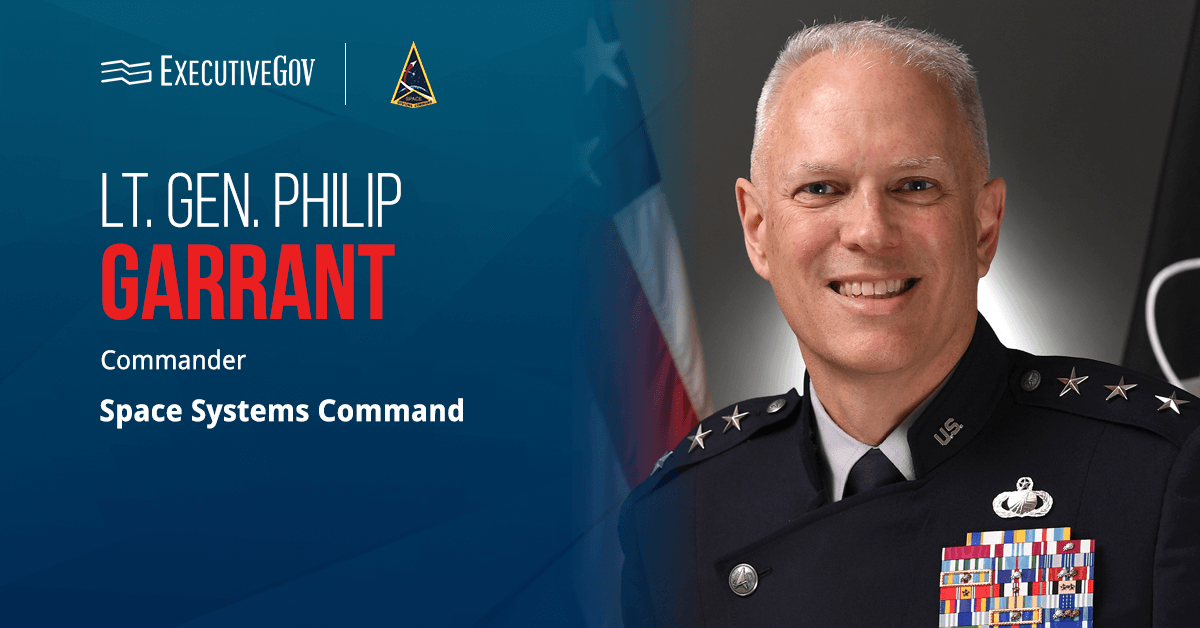The Defense Innovation Unit announced that it has awarded Alameda, California-based company Astra the third contract under its Novel Responsive Space Delivery, or NRSD, project to prototype commercial solutions for space cargo deliveries.
Astra’s contract calls for prototyping flexible point-to-point cargo deliveries from Earth to space, vice-versa and between orbiting spacecraft, DIU said Wednesday.
Astra’s Flexible Launch Options Demo
According to Astra, its DIU contract, which has a $44 million ceiling, calls for advancing the capabilities of its Launch System 2 to send its Rocket 4 to orbit or sub-orbit through launches from the United States, Australia or other locations. The company added that the award will also demonstrate the automated welding capabilities in the Rocket 4 production and the advanced ground concepts of the Launch System 2 infrastructure.
As of March 2022, Astra has sent 22 satellites into orbit after its first commercial launch of a low Earth orbit spacecraft in 2021.
The DIU awarded NRSD’s first contract to The Spaceport Company in May. This contract focused on developing a mobile, sea-based space launch system. Stoke Space took the second project award in August to prototype a solution for versatile point-to-point space cargo delivery.














